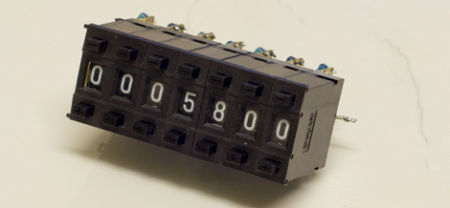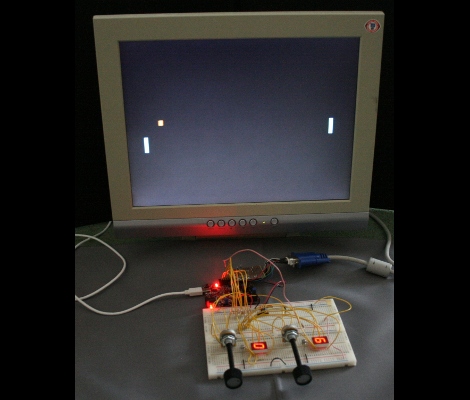
A few years ago, Tube Clock forum member[Sine1040] bought a set of four brand new aircraft indicator units that were built some time in the early 70’s. He had no idea what the units were actually used for, but he did know that he could repurpose them into some pretty slick looking clocks.
He disassembled all four boxes and between them, scrounged enough parts to build three clocks. After gutting the clocks and rearranging the digits, he built a timekeeping circuit using an ATMega8 which is clocked by a DS32 oscillator.
While the time is displayed using the large projection-style digit displays, the seconds are ticked off in the left-most analog meter. Minutes are also represented in the clock’s right-most analog window, swinging the needle from top to bottom as each one passes.
[Sine1040] paid special attention to keeping the boxes looking as stock as possible, with the only external modification being a power plug installed in place of an old grounding screw. The clock is definitely a different take on keeping time, and we think it looks great.
Continue reading to see a quick demo video of the clock in action.
[Thanks Brian]
Continue reading “Clocks Built From Old Aircraft Surplus Parts”















